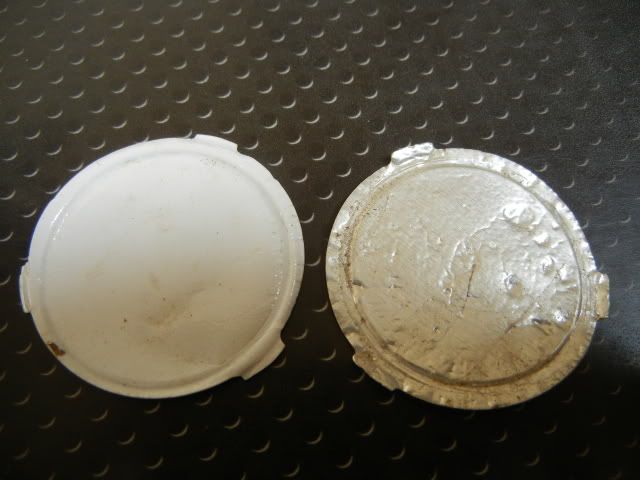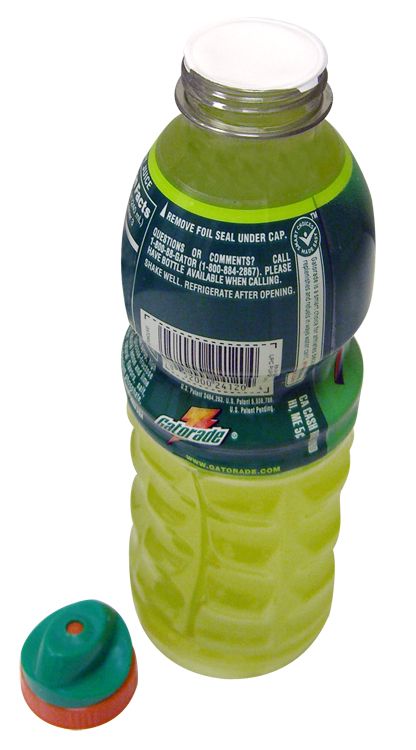Most of the gold rings that I find are in the 60 - 65 VDI range. I've tested some very small thin gold rings that I confiscated around the house. Most gave around a 53ish VDI number. The lowest one was a 51. A sport's drink foil cap like the one pictured below has a VDI reading of 47/48. A nickel has a VDI ready of 57/58. The numbers change slightly with coil selection and from detector to detector. It's not that critical.
OK, now please tell me about your gold ring finds that had a VDI number of 50 and below. I haven't detected any gold rings with VDI numbers that low. Just how small are they and are they out there in abundance?
Thanks
tabman

OK, now please tell me about your gold ring finds that had a VDI number of 50 and below. I haven't detected any gold rings with VDI numbers that low. Just how small are they and are they out there in abundance?
Thanks
tabman



